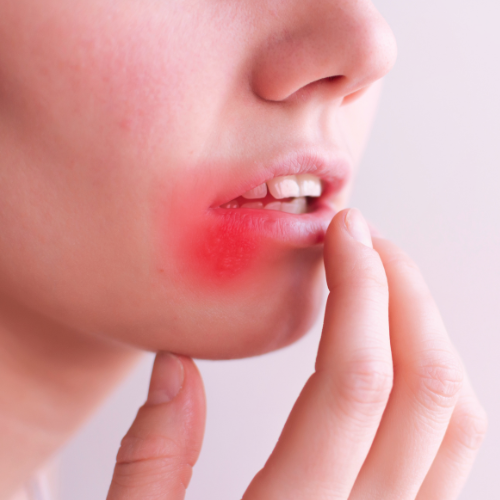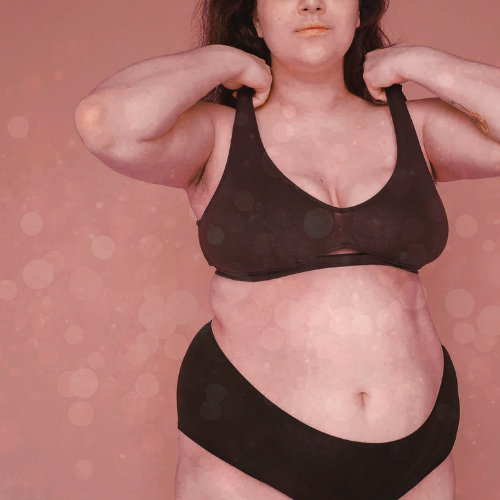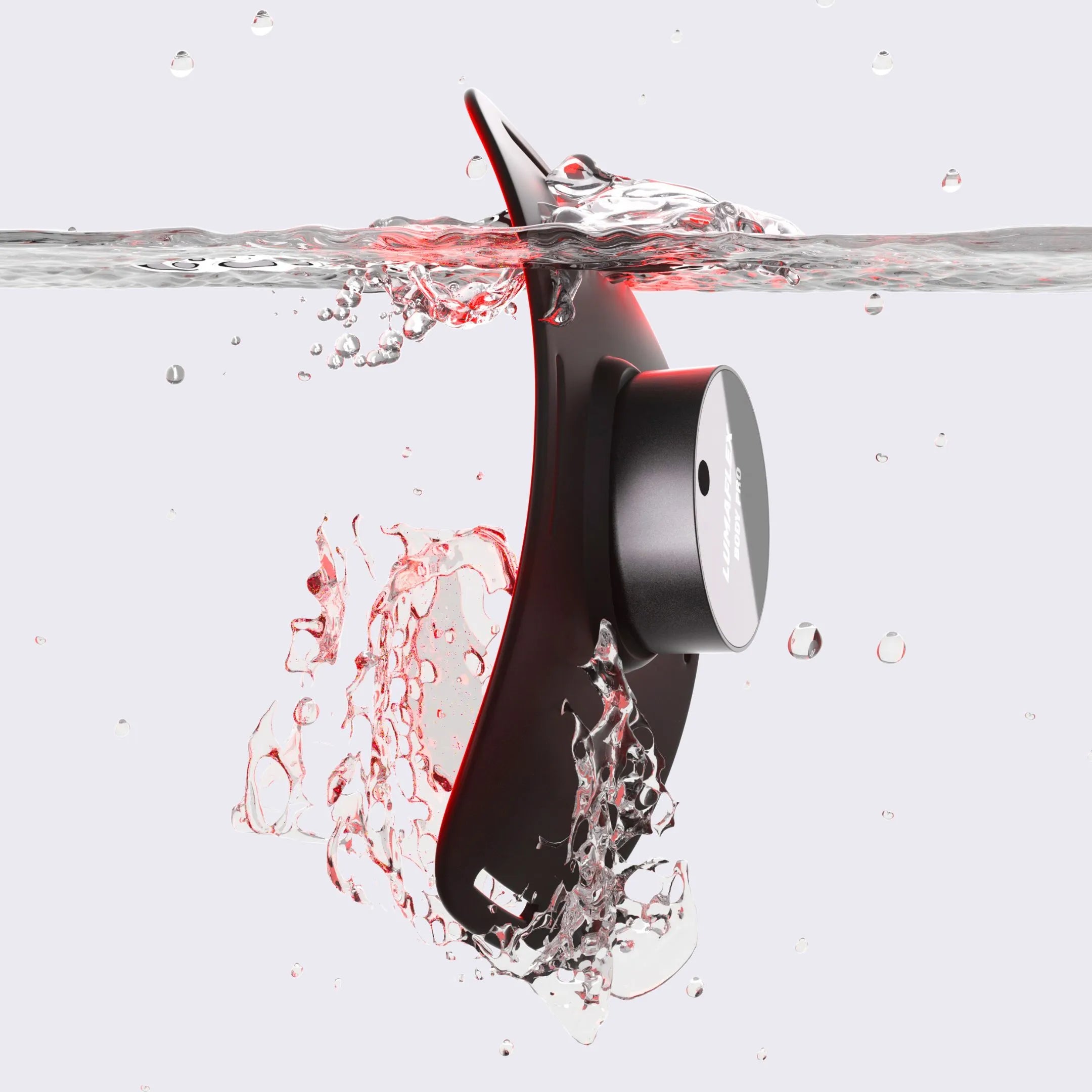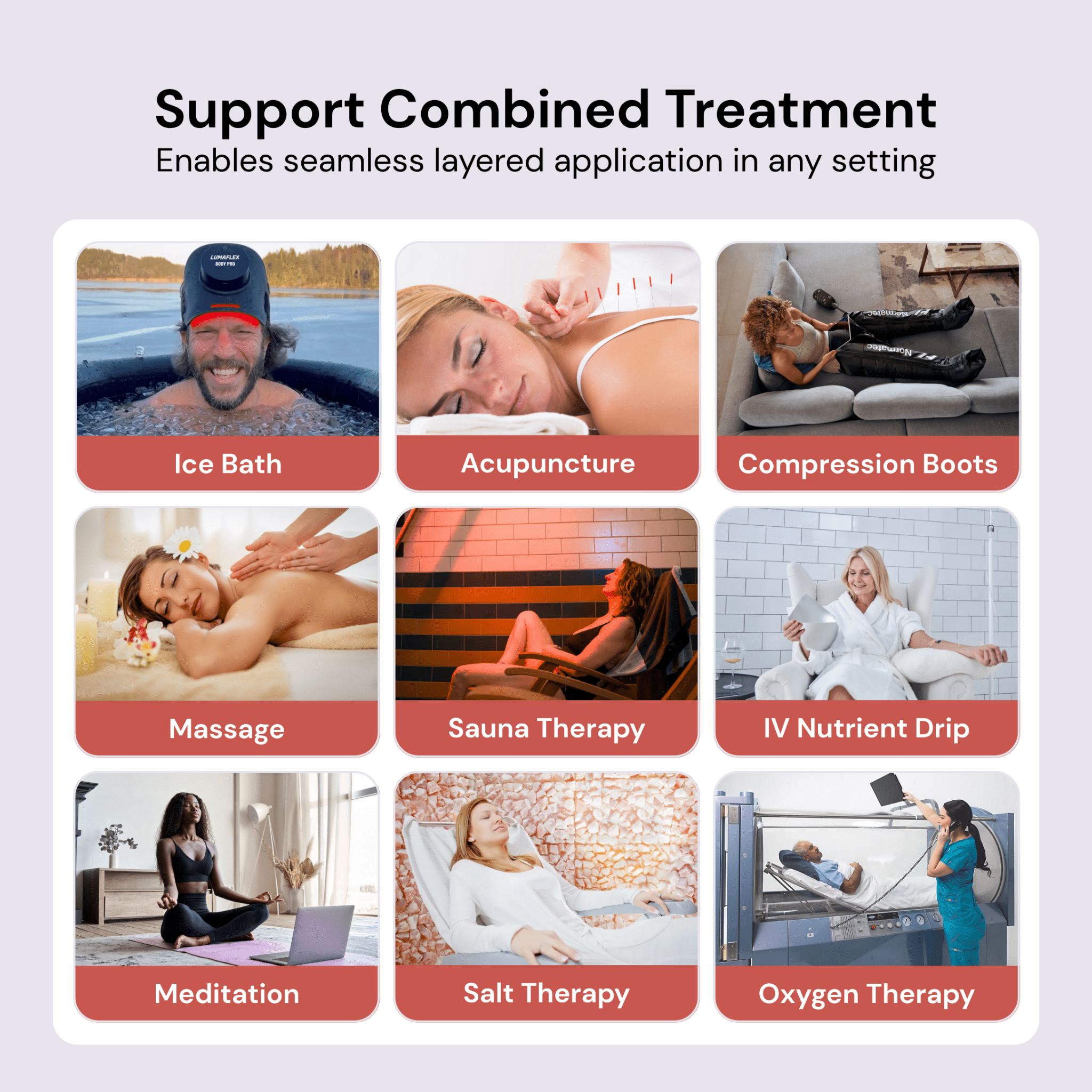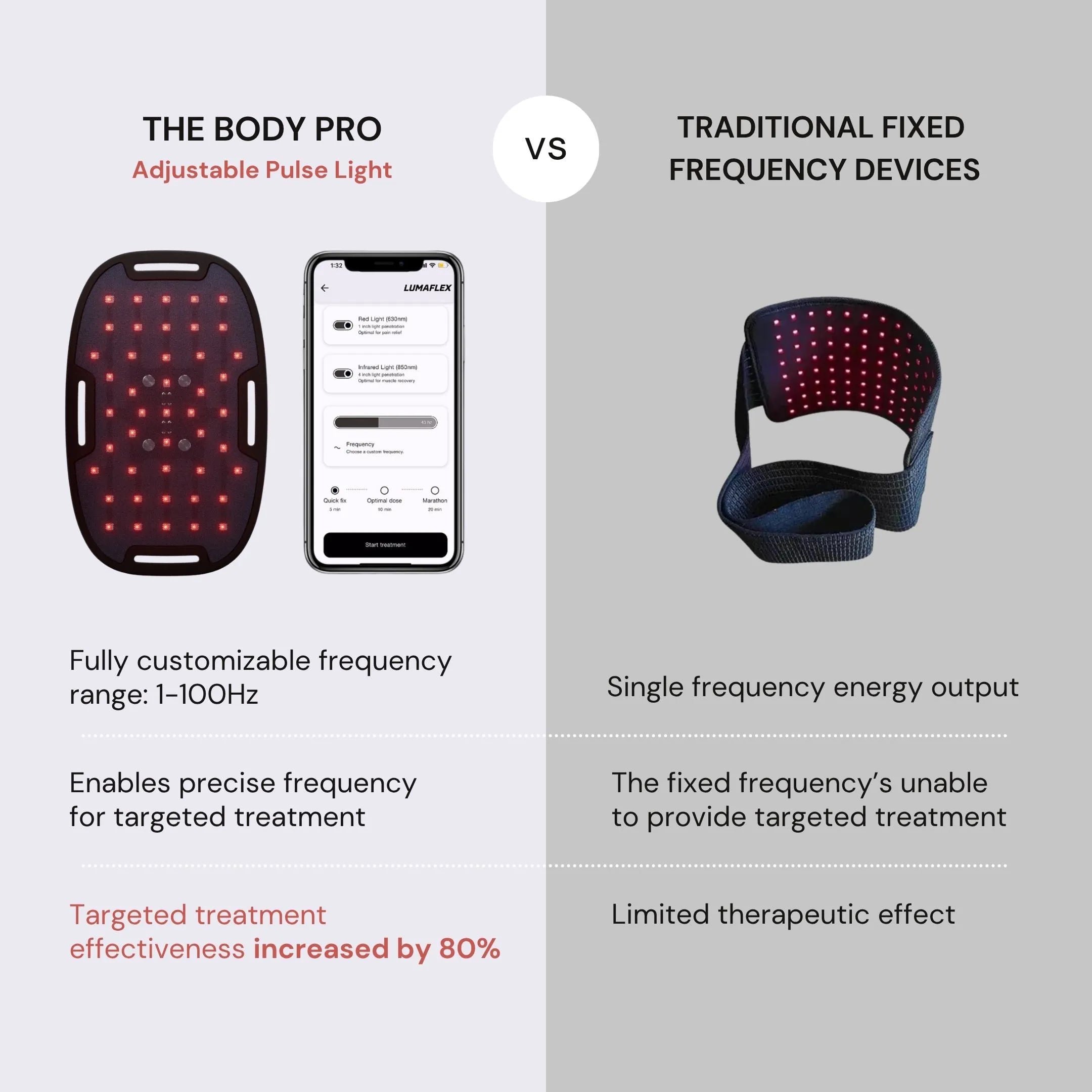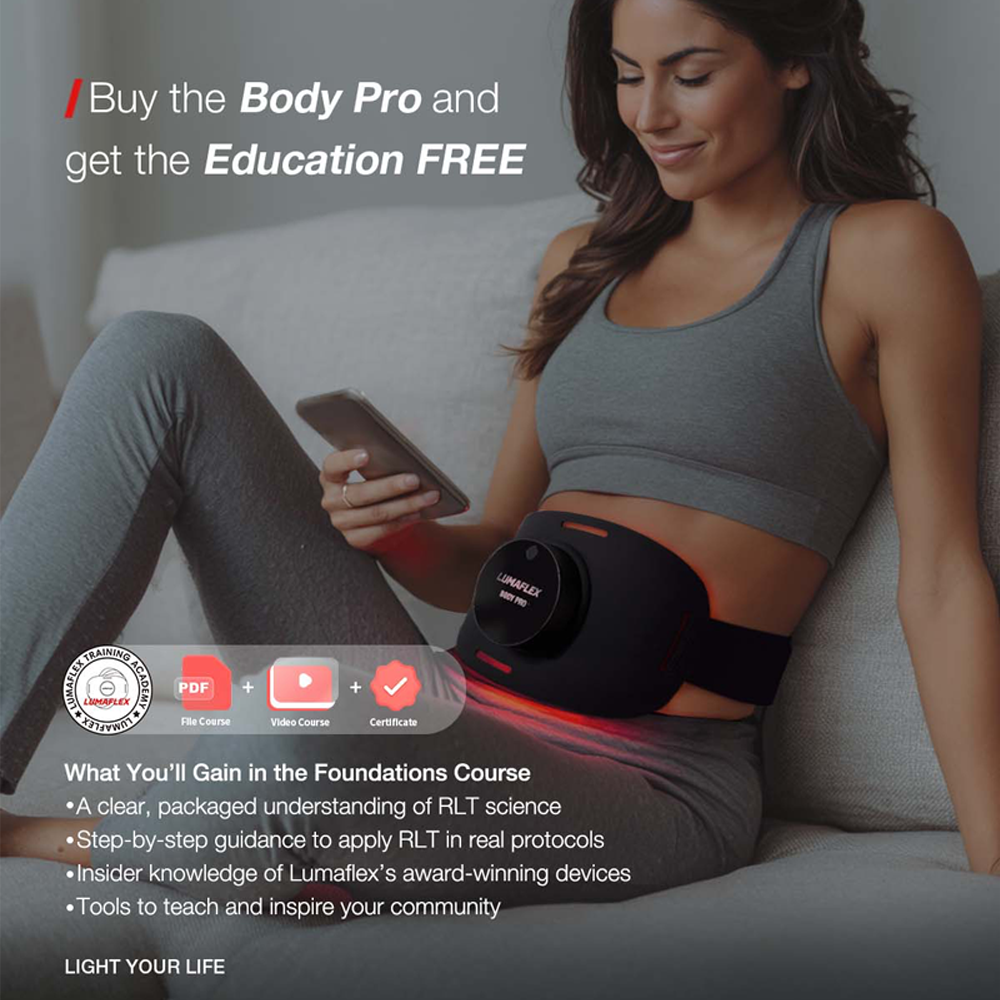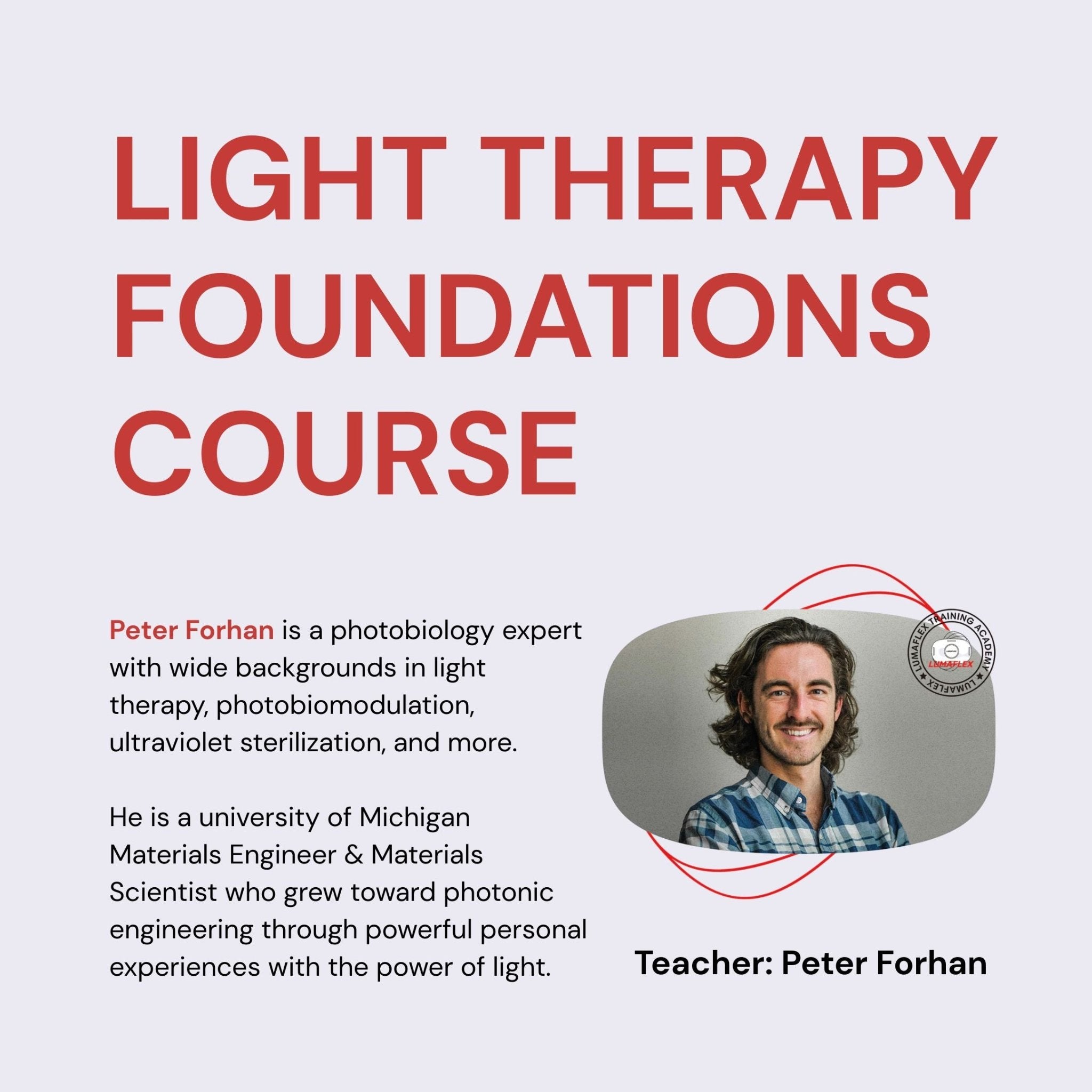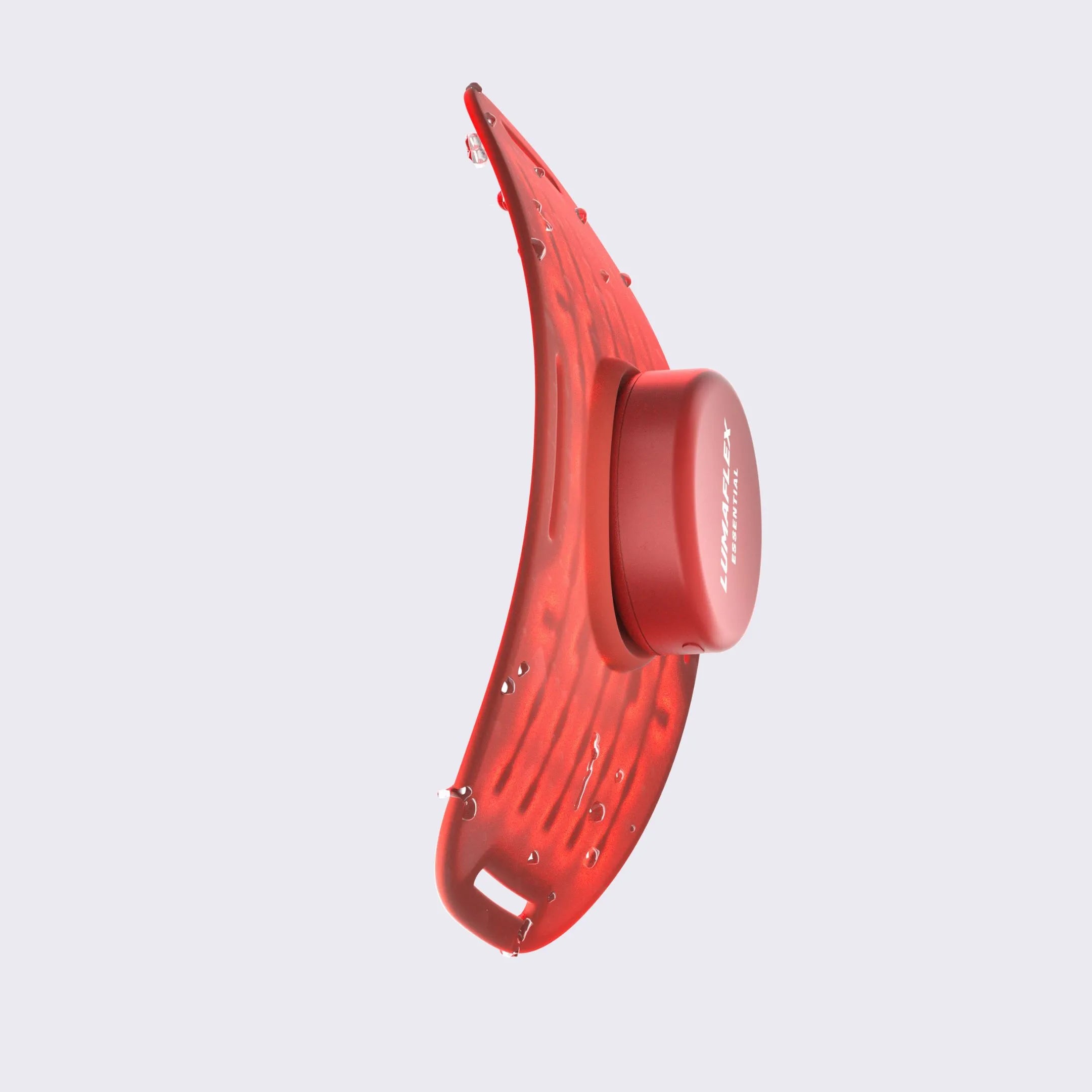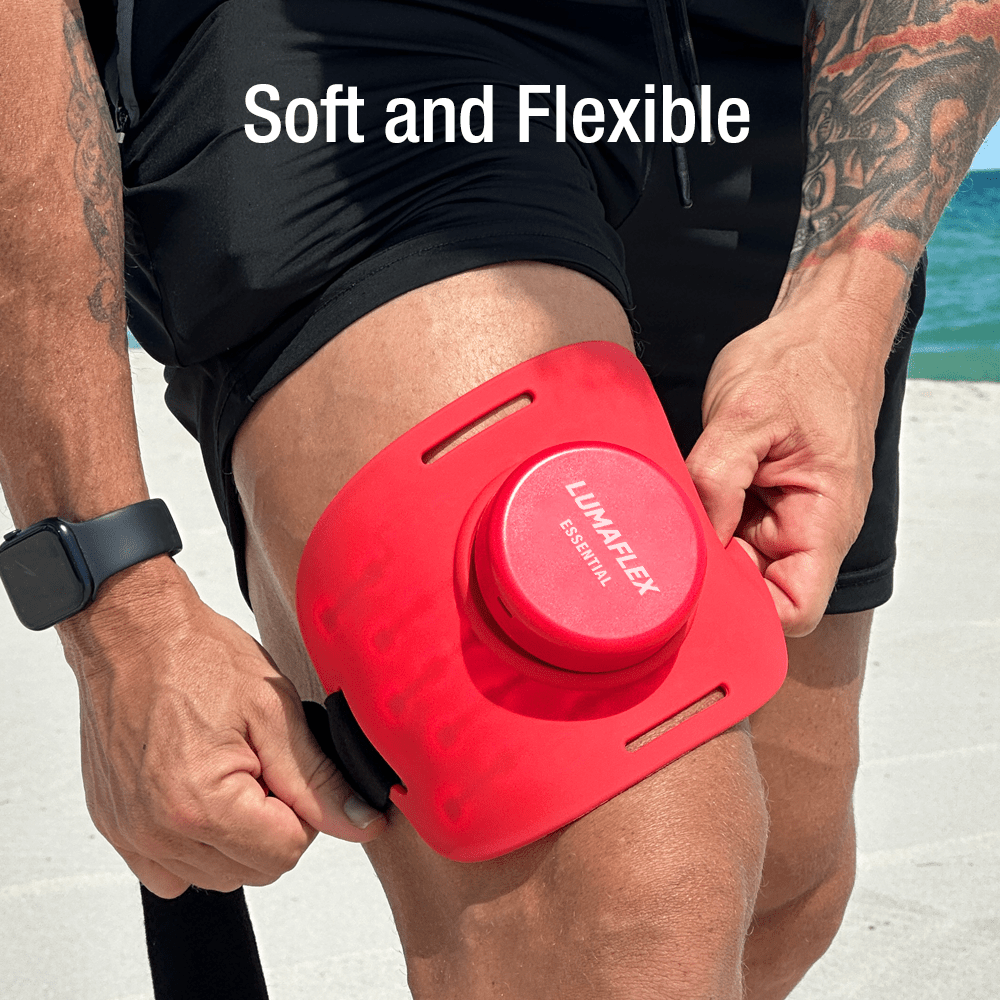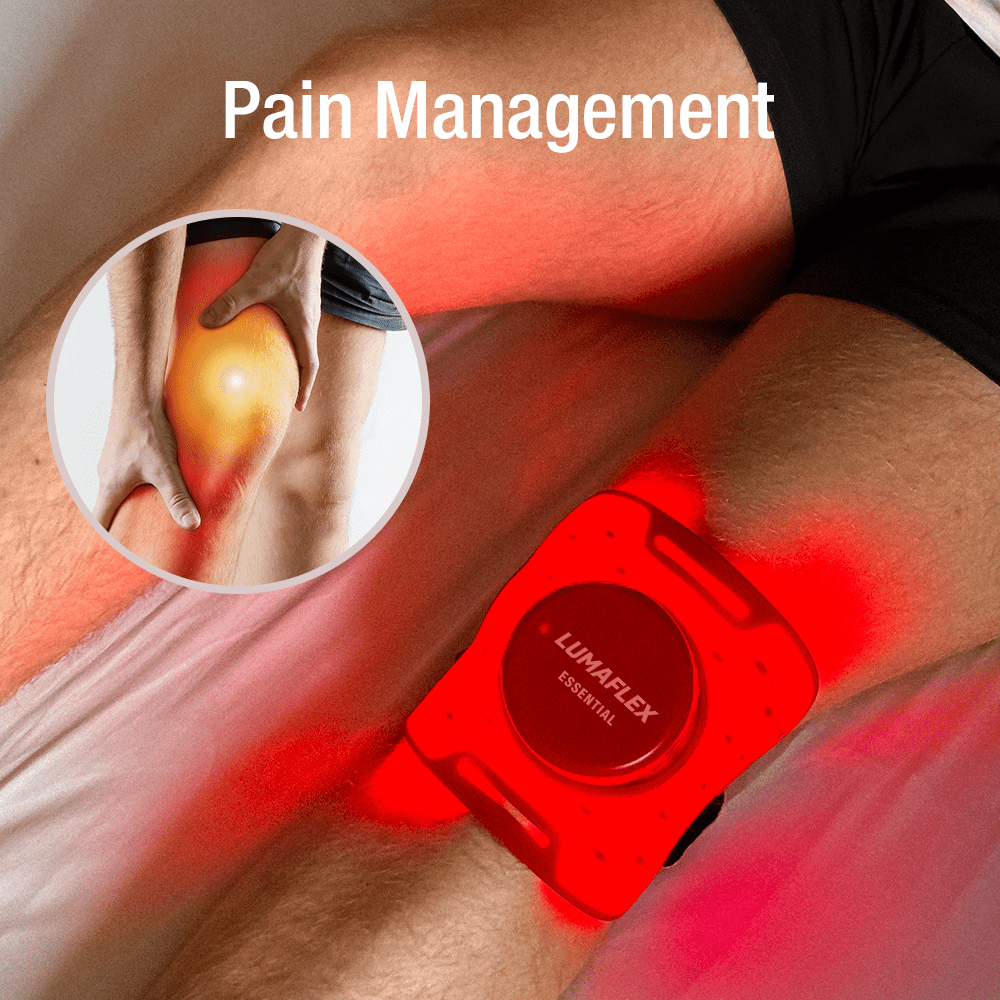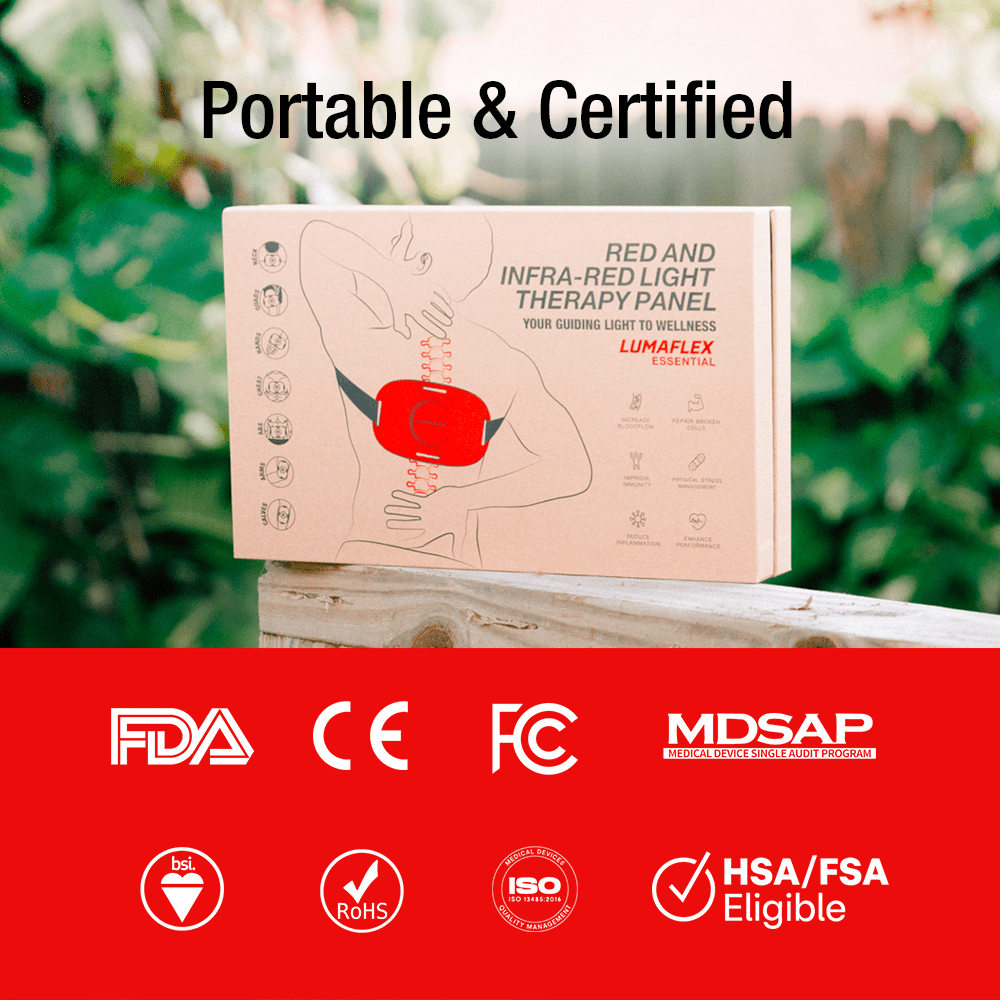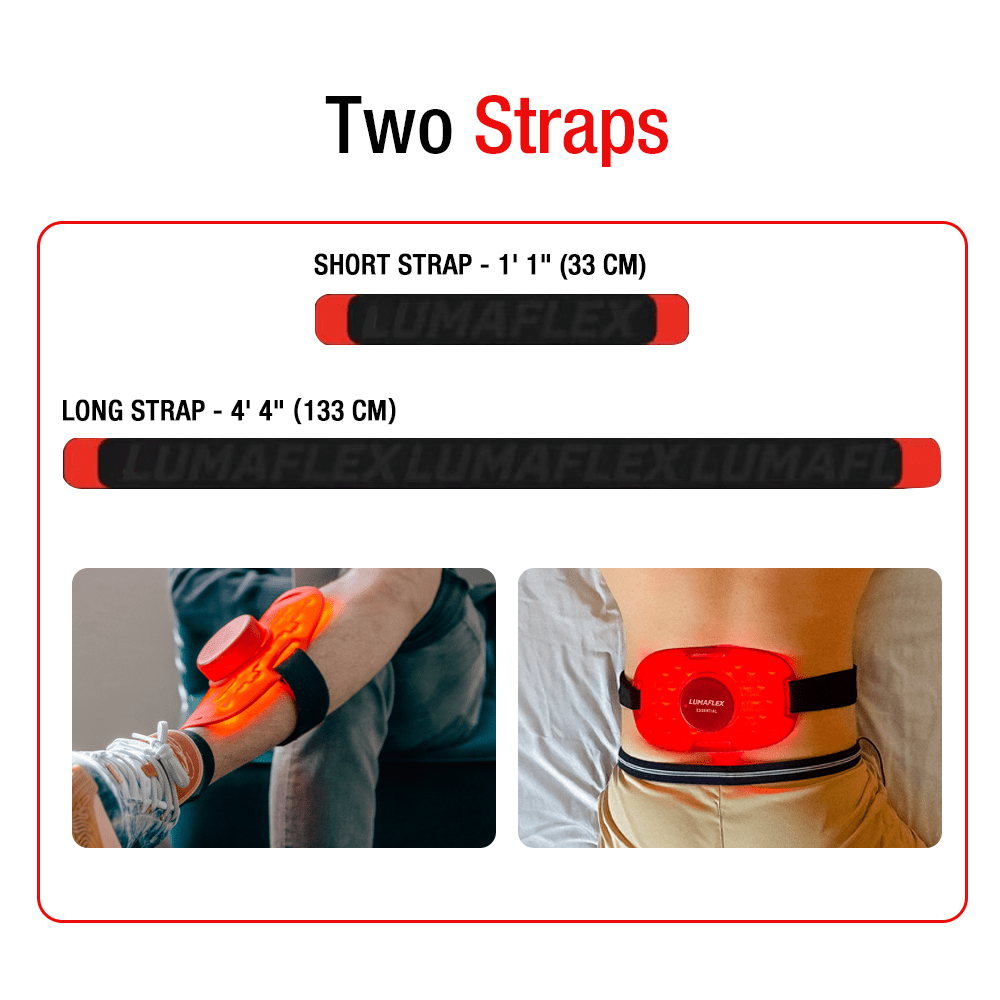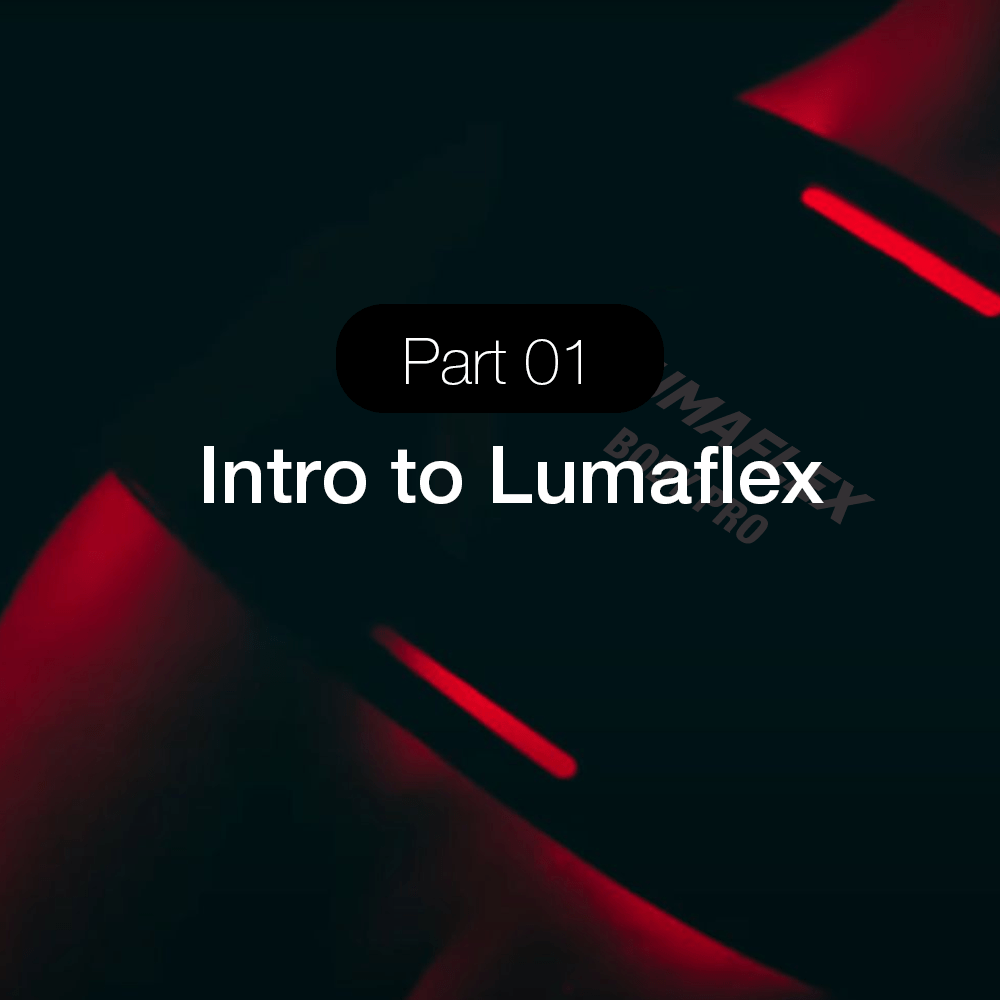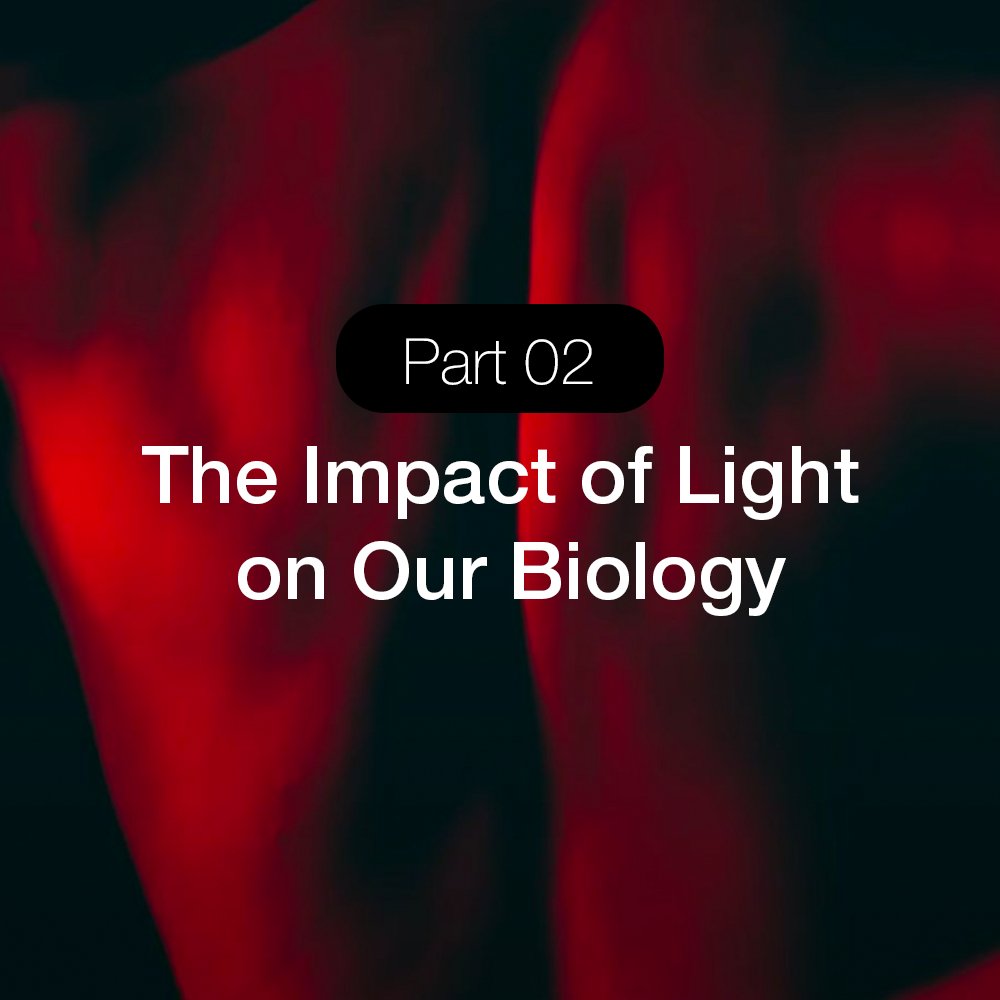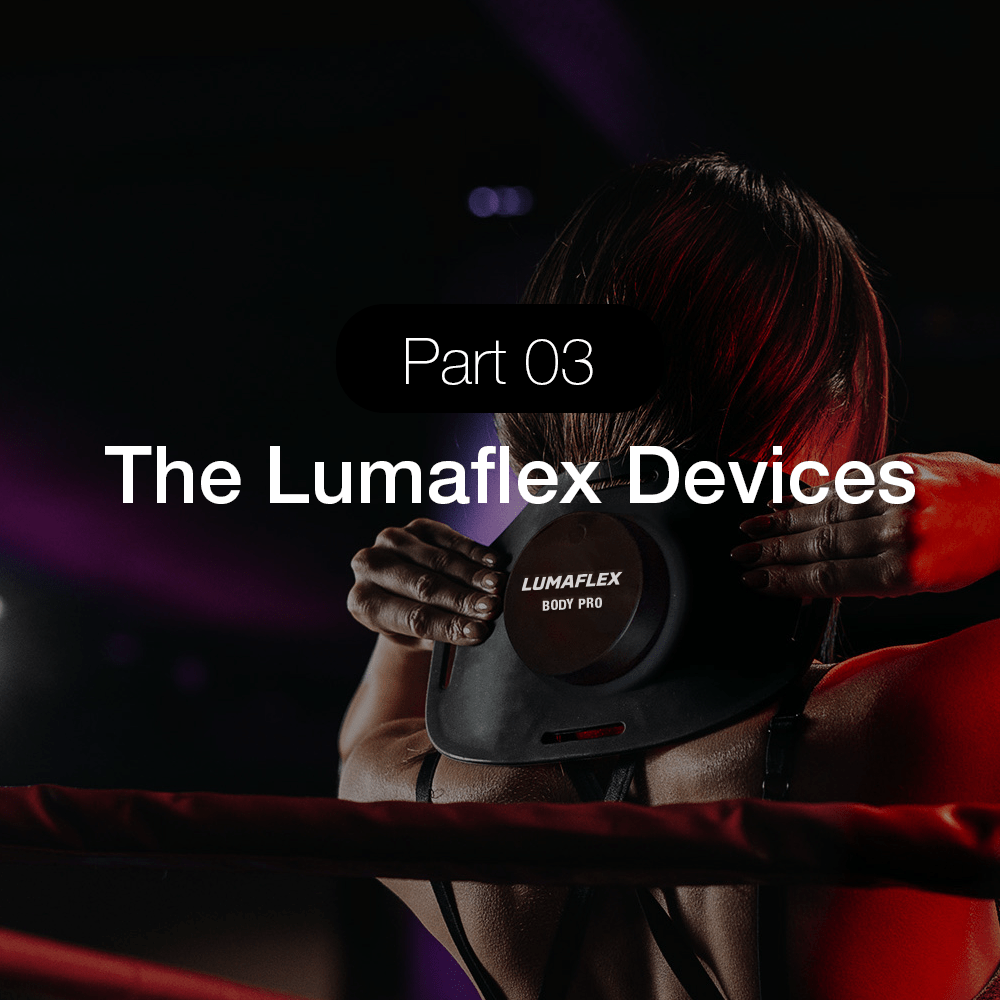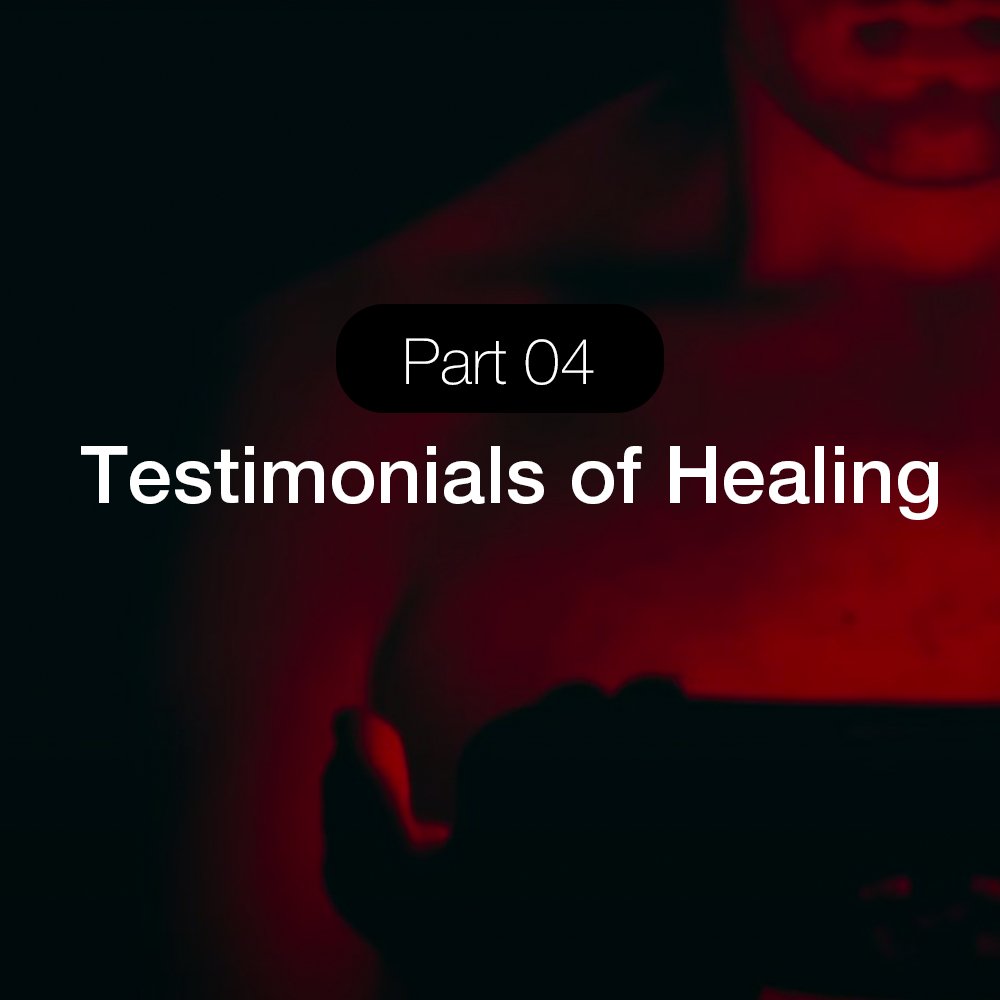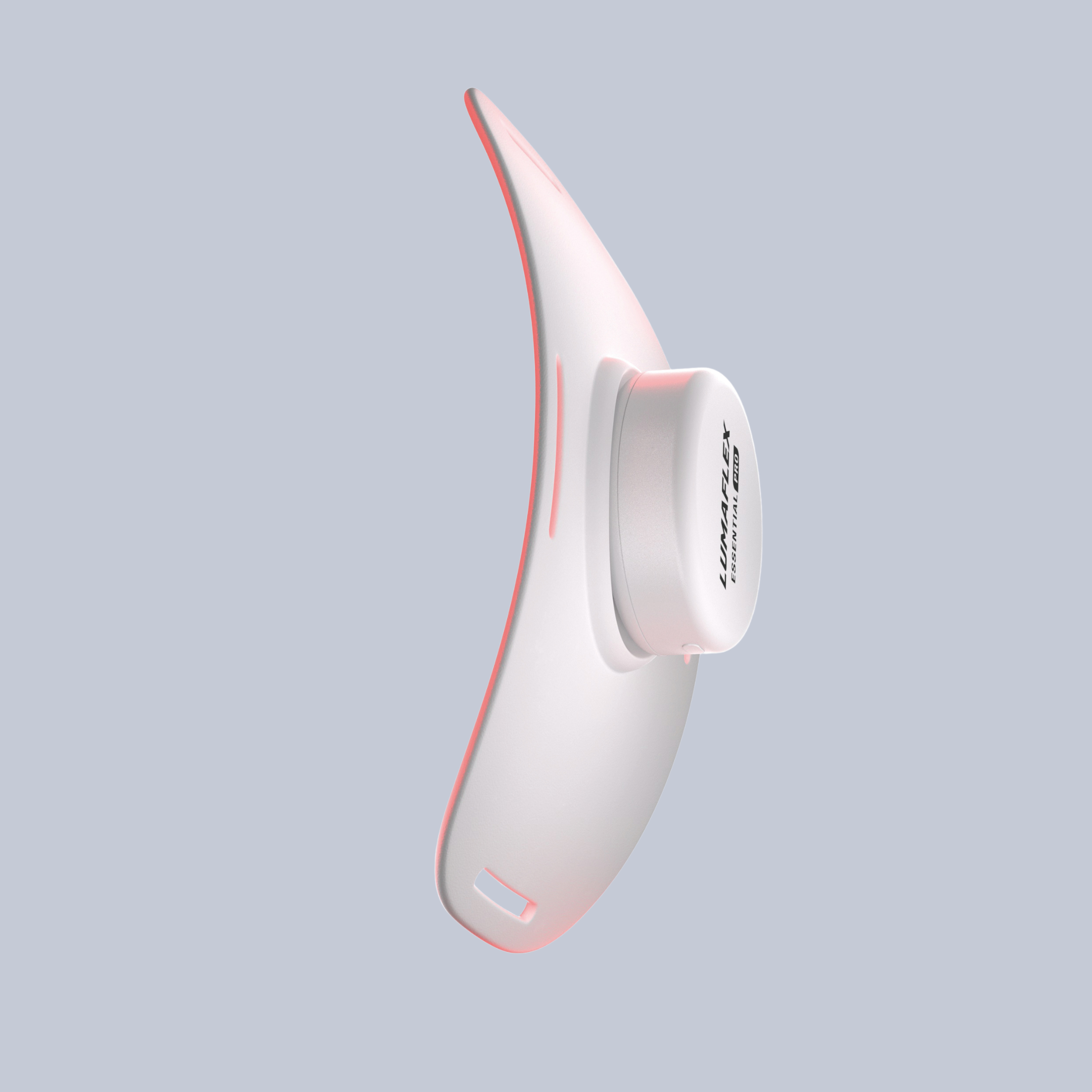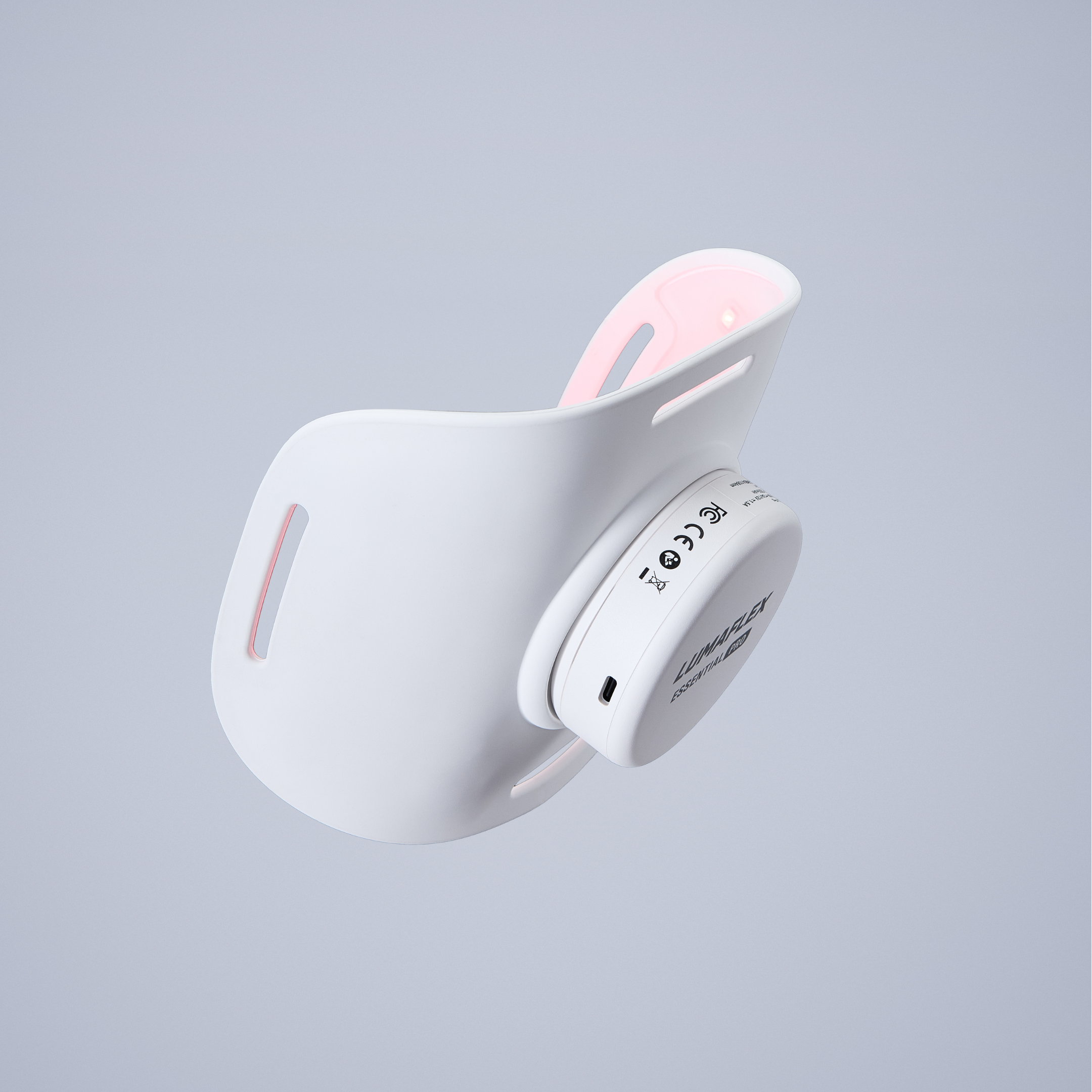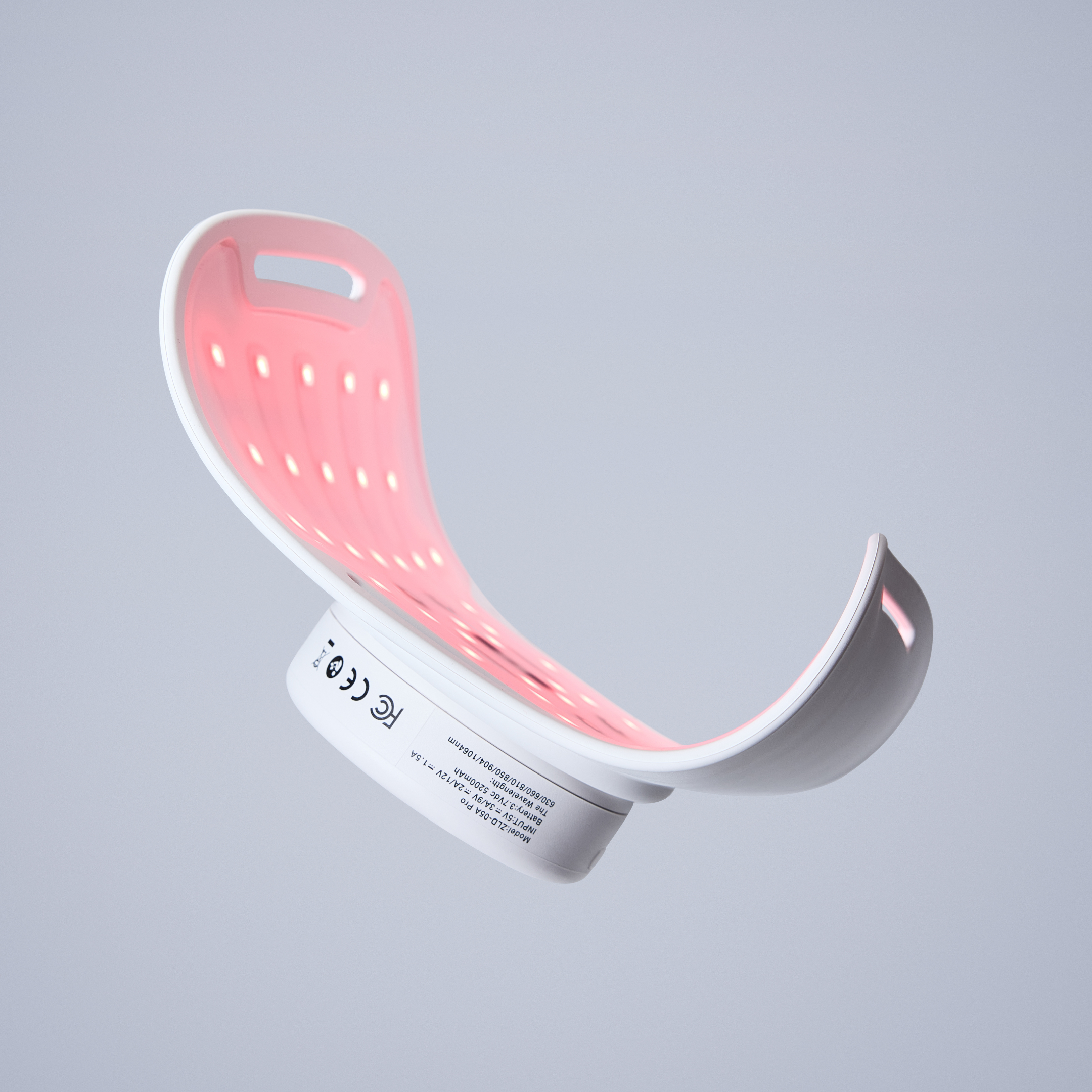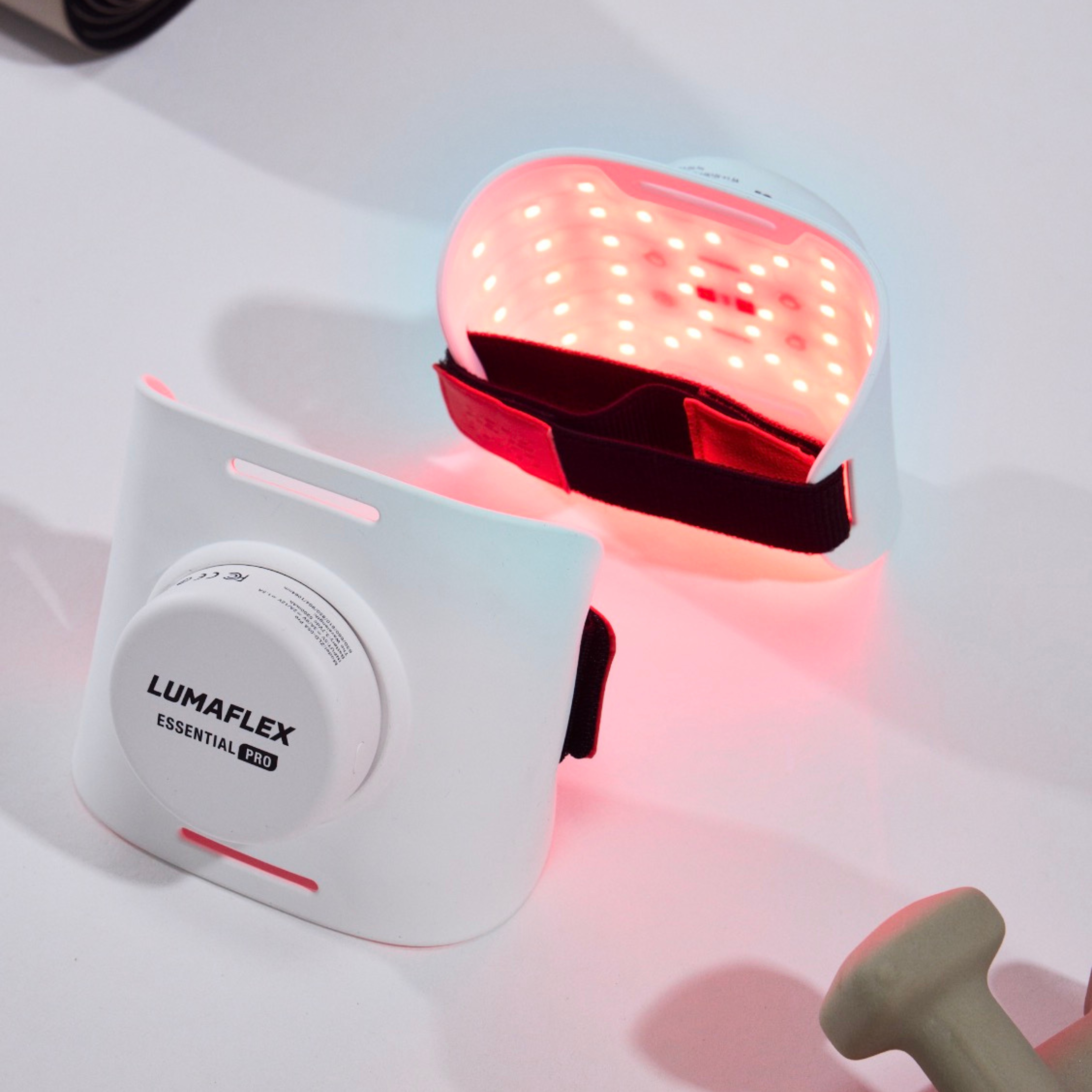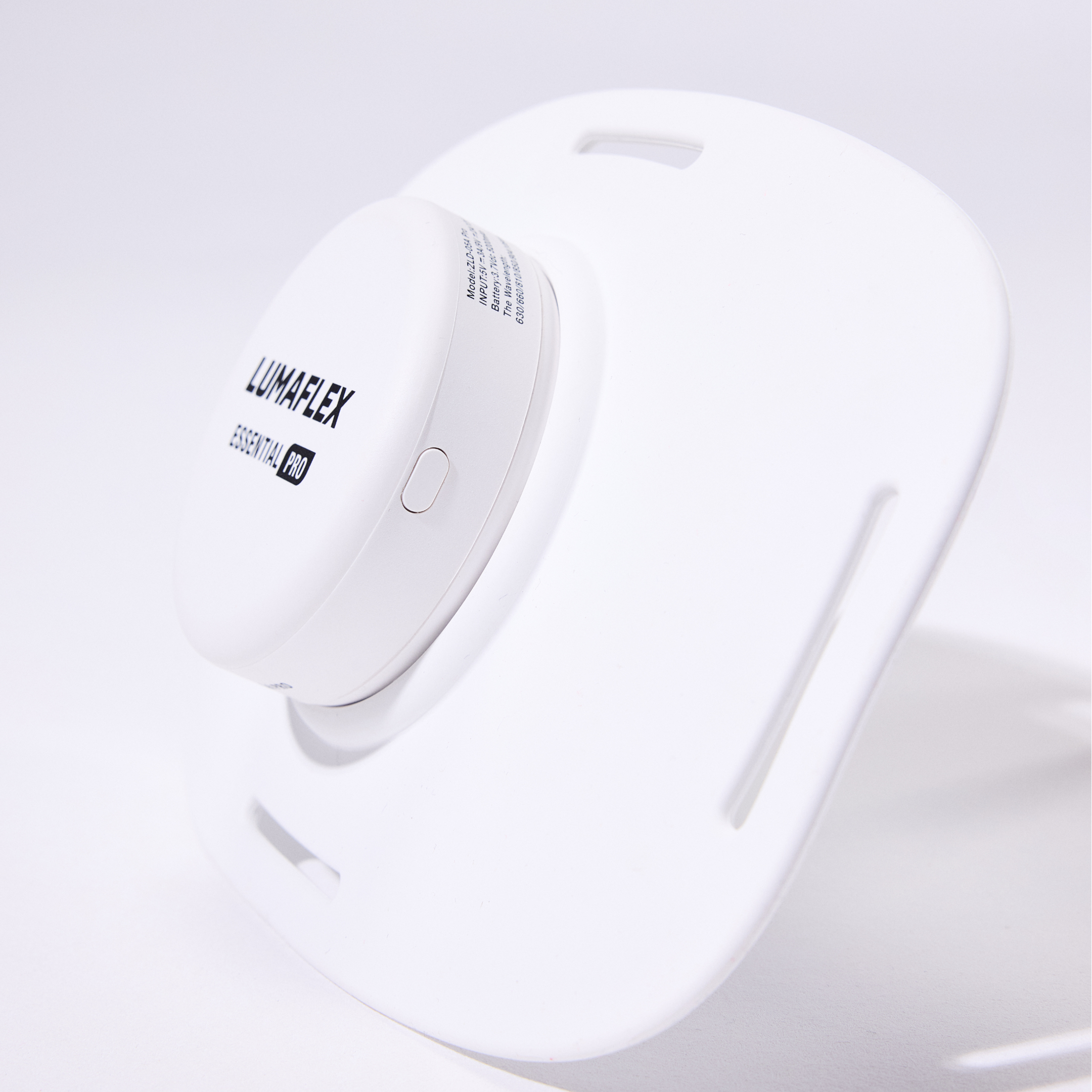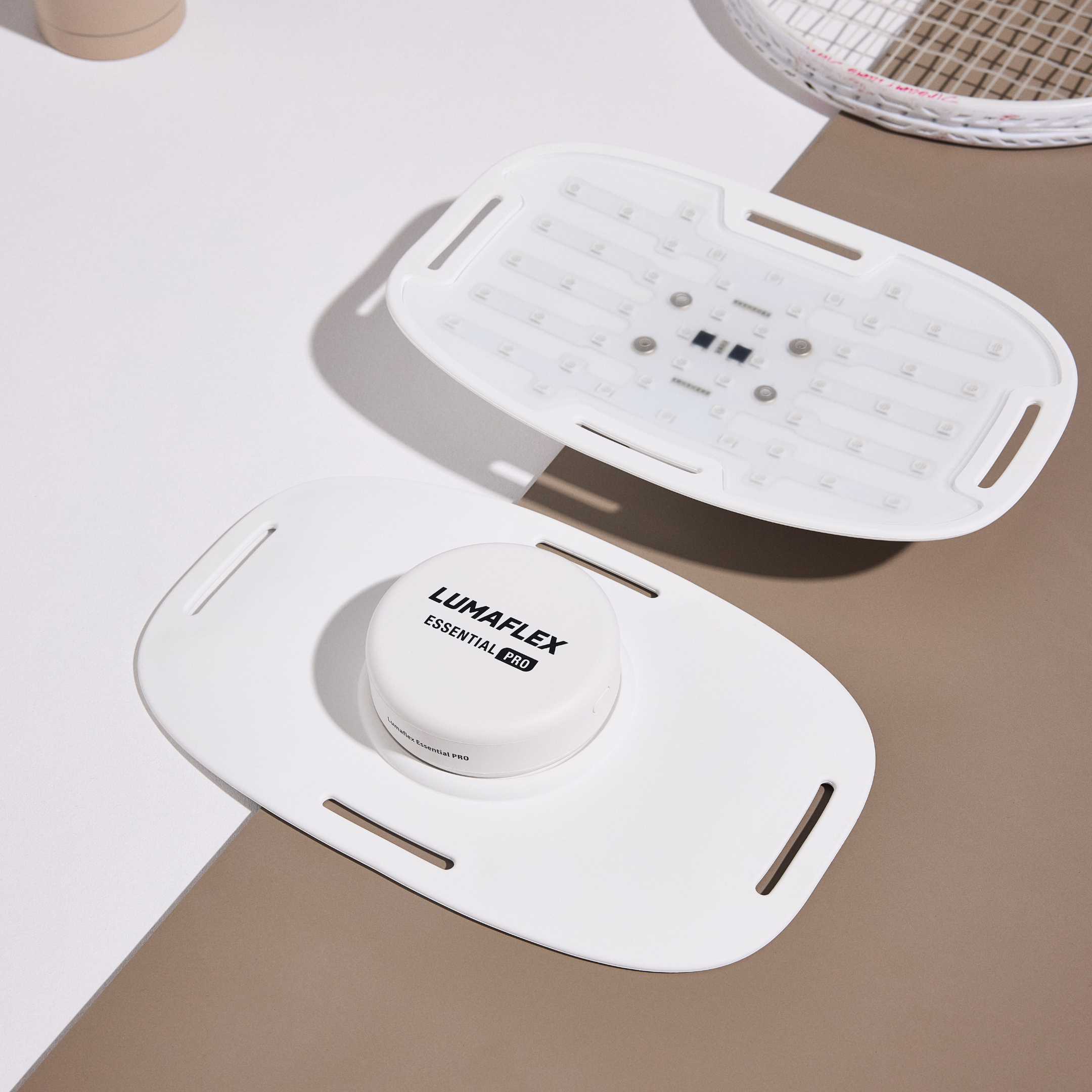Cold Sore Scars: How Red Light Therapy Can Help Fade and Heal Them

Fade and Heal Cold Sore Scars with Red Light Therapy
Cold sore scars often last longer than the outbreak itself. They leave visible marks around the lips that can change how you feel about your appearance. These scars may appear as discolored spots or shallow areas in the skin and often carry an emotional impact that goes beyond the surface.
Red light therapy has gained attention as a gentle, science-backed approach for improving various skin concerns, including wound healing and fine lines. It uses specific wavelengths of light to support the skin’s natural repair processes and encourage healthier tissue formation.
While most people are familiar with antiviral medications that target cold sore outbreaks, far fewer know that red light therapy can also help the skin recover afterward. It does not treat the virus itself but helps rebuild damaged skin, reduce discoloration, and smooth uneven texture left behind by previous lesions.
In this guide, we’ll explore how cold sore scars form, why they can be slow to fade, and how red light therapy works at the cellular level to support recovery. You’ll also learn about research on light-based skin repair and how Lumaflex provides a convenient way to promote healing and skin renewal at home.
Table of contents
What Are Cold Sore Scars?
Cold sore scars develop after the skin heals from an outbreak of the herpes simplex virus, usually HSV-1. During an outbreak, small blisters form around the lips or mouth. When they rupture and scab over, the area can remain inflamed and vulnerable to damage.
A true scar appears when the deeper layers of the skin are injured and do not fully regenerate their original structure. This can result in:
Discoloration: pink, red, or brown marks that linger after the sore has healed.
Textural changes: small indentations or uneven patches where collagen repair was incomplete.
Persistent sensitivity: tightness, dryness, or tenderness in the healed area.
It’s common to confuse temporary discoloration with scarring. Mild post-inflammatory marks often fade on their own within a few weeks, while scars may remain visible for months or even years.
People who experience frequent cold sore outbreaks, pick at scabs, or have sensitive skin are more likely to develop scars. Beyond the physical appearance, these marks can affect self-image and confidence, especially since they occur on such a visible part of the face.
How Cold Sore Scars Form and Why They Persist
A cold sore follows a predictable pattern: a tingling sensation, the formation of blisters, rupture, and finally a scab that covers the healing tissue. When this process runs smoothly, new skin forms beneath the scab and the mark fades over time. However, when healing is disrupted, a scar can form.
Several factors influence whether a cold sore leaves a lasting mark:
Picking or scratching at the scab delays natural repair and exposes the area to infection.
Secondary bacterial infection can damage surrounding tissue and interfere with collagen rebuilding.
Repeated outbreaks in the same spot create cumulative injury, leaving the skin weaker and slower to recover.
Prolonged inflammation may cause the body to overproduce or misalign collagen, resulting in visible unevenness.
Individual healing differences, such as age, skin sensitivity, and immune response, also determine how well the skin restores itself.
Cold sore scars tend to linger because the skin around the mouth is thin, in constant motion, and easily irritated. Talking, eating, or smiling can interrupt the subtle remodeling process that smooths and strengthens the surface. Over time, this movement can make small irregularities more visible and more resistant to fading.
To help the skin recover, treatments that encourage collagen balance and reduce inflammation are most effective. This is where red light therapy becomes relevant, offering gentle support for natural healing and visible improvement in scar texture and color.

The Role of Collagen and Inflammation in Scar Healing
When a cold sore injures the skin, the body starts repairing the area by building new collagen, the protein that gives skin its structure and strength. Fibroblast cells move into the damaged area and begin forming new collagen fibers to replace what was lost.
When healing is disrupted, several factors can make a scar more visible:
• Too much collagen creates a raised patch
• Too little collagen leaves a shallow pit
• Prolonged inflammation disturbs healthy repair
Inflammation is another key part of the story. It helps clear damaged tissue and triggers repair, but if it lasts too long, it can throw off the collagen balance and delay recovery.
Did you know? The skin around your lips is one of the thinnest on the body, which is why cold sore scars tend to last longer than other types of facial scars.
The constant motion of speaking and eating adds to the challenge, interrupting collagen remodeling before it can settle evenly.
Here, red light therapy can help the skin recover more smoothly by supporting collagen balance and calming inflammation.
Red Light Therapy for Cold Sore Scars: How It Works
When a cold sore has healed but leaves a mark behind, the skin’s recovery slows down. Red light therapy works by giving the skin extra energy to complete that process. It uses gentle wavelengths of visible red light that reach into the lower layers of the skin, where new cells, blood vessels, and collagen form.
Inside each cell are mitochondria, small structures that create energy for repair. When exposed to red light, typically between 630 and 660 nanometers. These mitochondria start producing more adenosine triphosphate (ATP), the molecule that powers healing. With more energy available, the skin can rebuild tissue, improve circulation, and balance inflammation.
The result is gradual but noticeable: smoother texture, fewer dark marks, and a more even tone around the lips. Red light therapy doesn’t remove skin layers or cause peeling; it simply enhances the skin’s own ability to heal. Because it’s gentle and non-invasive, it can be used safely on the sensitive skin around the mouth once the outbreak has fully healed.
How Red Light Therapy Supports Collagen and Cell Repair
Healthy collagen is essential for fading scars. Red light encourages fibroblasts to create new collagen fibers and align them properly. This helps soften shallow depressions and blend scar tissue with the surrounding skin. The improved blood flow that follows treatment also delivers oxygen and nutrients where they’re needed most, supporting natural regeneration.
Consistency matters more than intensity. Short sessions several times a week often produce better long-term results than occasional strong treatments. Over time, this steady support helps scars fade and skin regain its flexibility.
Evidence from Clinical Research
Research on red light therapy for wound healing shows a clear pattern: when tissues receive this light energy, they repair faster and more evenly. Studies report increased collagen production, lower inflammation, and shorter healing times.
A 2013 research published in the Clincal and Experimental Dermatology focusing on herpes simplex lesions found that early use of red light therapy reduced healing time by nearly half and improved the appearance of the skin once the sore closed. While more studies are needed specifically on scar fading, the current findings suggest that supporting the healing process this way can reduce the risk of long-lasting marks.
Cold sore scars often persist because of inflammation and repeated damage in the same area. Red light therapy helps the skin complete its repair cycle instead of getting stuck in that pattern. The improvement is gradual, but with consistency, the difference in texture and color becomes visible.

Lumaflex Devices: At-Home Red Light Therapy for Skin Recovery
Lumaflex has developed a range of red light therapy devices that bring clinical-level light treatment into everyday routines. Each device is built around the same core principle: deliver precise wavelengths of light that help the skin heal, strengthen, and maintain its natural balance.
Lumaflex Essential
The Lumaflex Essential is designed for targeted care. It uses a dual wavelength system of 630 and 850 nanometers to stimulate collagen and improve circulation in small areas such as around the lips, cheeks, or jawline. Its compact size makes it easy to focus on localized concerns like cold sore scars, fine lines, or minor discoloration.
Lumaflex Essential Pro
The Essential Pro builds on that foundation with 6 therapeutic wavelengths - 630nm + 660nm + 810nm + 850nm + 904nm + 1064nm. It’s well suited for people managing recurring outbreaks or larger areas of post-inflammatory marks. The Pro model offers adjustable session settings and a more powerful LED array, allowing the user to customize the energy delivery for their skin type.
Lumaflex Body Pro
For those looking to treat beyond the face, the Lumaflex Body Pro provides broader coverage for larger surface areas such as the neck, chest, or body. It uses the same therapeutic red wavelengths but with app-support and waterproof. Consistent treatment with the Body Pro can help support overall skin recovery, especially for those prone to dryness or inflammation around the shoulders and upper body.
Lumaflex Radiate Mask
The Radiate Mask is the most specialized option for facial rejuvenation and scar recovery. It combines 630 nm and 660 nm light with customizable pulse settings between 10 and 30 hertz. This gentle pulsing helps activate cell repair while maintaining comfort. The mask’s flexible silicone design fits closely to the face, ensuring even light coverage around delicate areas such as the lips, where cold sore scars are most common.
Each Lumaflex device is designed for comfort and consistency. They are cordless, wearable, and built for safe at-home use without compromising performance. Regular sessions support smoother texture, reduced discoloration, and a balanced skin tone.
Whether focusing on one scar or supporting general skin health, Lumaflex’s technology gives users a reliable way to extend the benefits of red light therapy beyond the clinic.

How to Use Red Light Therapy for Cold Sore Scars
Red light therapy helps your skin recover after a cold sore, but using it the right way makes all the difference. The following steps outline when and how to use Lumaflex devices for the best results.
1. Wait Until the Skin Has Healed
Begin treatment only after the cold sore has completely healed and there are no open blisters or scabs. Red light therapy supports repair, not active sores.
2. Prepare the Area
Gently cleanse the skin with a mild, non-stripping cleanser and pat dry. Avoid using oils or heavy creams before the session so the light can penetrate effectively.
3. Choose the Right Lumaflex Device
Each Lumaflex model serves a different purpose.
Lumaflex Essential
Designed for targeted care. It uses dual wavelengths (630 and 850 nanometers) to stimulate collagen and improve circulation in smaller areas such as around the lips, cheeks, or jawline. Its compact design makes it ideal for localized concerns like cold sore scars, fine lines, or minor discoloration.Lumaflex Essential Pro
Offers six therapeutic wavelengths (630, 660, 810, 850, 904, and 1064 nanometers). This model suits users managing recurring outbreaks or larger zones of post-inflammatory marks. Adjustable session settings and a more powerful LED array allow for customized energy delivery based on skin type.Lumaflex Body Pro
Designed for use beyond the face. It provides wide coverage for the neck, chest, or upper body using the same therapeutic wavelengths. The Body Pro is waterproof and app-supported, making it easy to integrate into a broader skincare routine. Regular use helps calm inflammation and support overall skin balance.Lumaflex Radiate Mask
The Radiate Mask focuses on full facial rejuvenation and scar recovery. It combines 630 nm and 660 nm light with pulse settings between 10 and 30 hertz, helping activate cell repair while maintaining comfort. Its flexible silicone design ensures even coverage around sensitive areas like the lips, where scars often form.
4. Timing and Frequency
Start with 10–15 minute sessions, three to five times per week. Give your skin a day between sessions to recover. Over time, you can adjust based on comfort and results.
5. After Each Session
Apply a light, fragrance-free moisturizer.
Use sunscreen daily to prevent discoloration.
Stay hydrated to support collagen renewal.
6. Stay Consistent
Most users notice visible improvement in four to eight weeks. The skin tone becomes more even, texture smooths, and discoloration fades gradually.
FAQs About Red Light Therapy and Cold Sore Scars
What causes cold sore scars?
Cold sore scars form when the herpes simplex virus damages skin tissue during repeated outbreaks. If inflammation is severe or healing is interrupted, collagen becomes uneven, leaving behind dark spots, redness, or slight depressions in the skin.
Can red light therapy help fade these scars?
Yes. Red light therapy encourages cell repair and balanced collagen production. By improving circulation and calming inflammation, it helps the skin rebuild more evenly and fade discoloration over time.
Is it safe to use red light therapy on the face?
It is safe when used according to manufacturer guidance. Lumaflex devices use non-UV wavelengths that do not burn or damage the skin. Always start with shorter sessions and avoid using the device on open or active sores.
How long does it take to see results?
Results vary by skin type and scar depth. Most users notice smoother texture and less redness after four to eight weeks of consistent treatment. Continued use supports gradual fading of long-standing marks.
Can I use red light therapy while taking antiviral medication?
Yes. Red light therapy complements antiviral treatment by supporting tissue healing after outbreaks. It does not interfere with medications and can be part of a combined recovery plan.
Which Lumaflex device is best for cold sore scars?
For localized scarring around the lips or jawline, the Lumaflex Essential is often the most convenient. If you experience frequent outbreaks or wider areas of post-inflammatory marks, the Essential Pro provides more wavelength options. For overall facial healing, the Radiate Mask offers even light distribution.
Can red light therapy prevent new scars from forming?
When used after a healed outbreak, it can help reduce inflammation and speed repair, which lowers the likelihood of scarring. Consistent use strengthens skin structure and resilience.
Are there side effects?
Mild warmth or temporary redness may occur after treatment, but this typically fades within minutes. If irritation persists, pause use and allow the skin to rest before resuming.
Final Thoughts: Heal with Confidence
Cold sore scars can take a long time to fade, especially in delicate areas around the mouth where the skin moves constantly. The process can be frustrating, but visible improvement is possible with consistent care.
Red light therapy gives your skin the support it needs to rebuild from within. By encouraging collagen repair, improving circulation, and calming inflammation, it helps restore smoothness and balance to areas affected by past outbreaks.
Lumaflex devices are designed to make this process accessible at home. Each delivers clinically tested wavelengths that promote healthier, more resilient skin.
Healing is gradual, but every session contributes to visible progress. With a steady approach and the right tools, you can fade cold sore scars and feel more confident in your skin again.
Related Readings
- Red Light Therapy for Atrophic Scars: Effective Solutions for Your Skin Health Goals
- Red Light Therapy Devices for Face: Cost vs. Professional Treatments (Is At-Home Worth It
- Transform Your Skin: Red Light Therapy Before and After
- Red Light Therapy Results for Skin: Complete Benefits Guide
- Myth-Busting: Can Red Light Therapy Tan Your Skin?
- Light Therapy for Anti-Aging: A Study on Red & Near-Infrared Efficacy, Patient Satisfaction, and Skin Texture
- Step by Step: How to Use Red Light Therapy for Bruises
- Red Light Therapy for Skin, Pain, and Hair: How Long Will It Take to Notice Changes?

